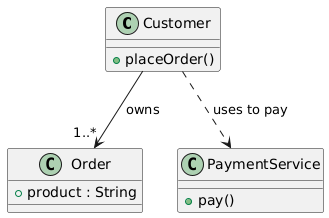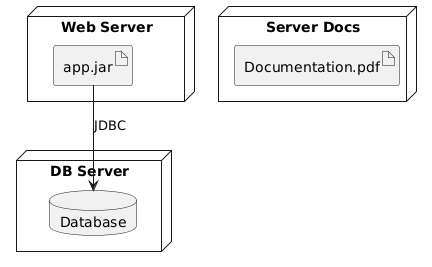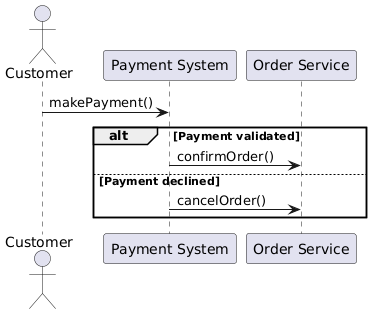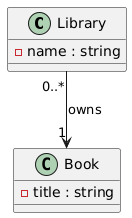UML Diagrams MCQs Questions With Answers – Part 9
Test your knowledge and boost your confidence with these multiple-choice quizzes focused on UML diagrams, foundational software engineering concepts, and real-world best practices. Designed for students, developers, and exam candidates, these MCQs offer a quick and effective way to assess your understanding and sharpen your skills.
1. What is the difference between an association and a dependency?
A An association is a type of dependency
B The dependency is stronger than the association
C An association is a lasting relationship between two classes
D No difference, they are synonyms
2. In UML, what is an artifact?
A A software library
B A file produced by development (code, document, binary, etc.)
C An abstract class
D A unit test
3. What is the difference between “include” and “extend” in a use case diagram?
A “include” is optional, “extend” is mandatory
B “include” reuses behavior, “extend” adds optional behavior
C There is no difference
D Both represent a composition
4. What is the purpose of a combined fragment in a sequence diagram?
A Represent an abstract interaction
B Add a private method
C Show alternatives or loops
D Draw temporary classes
5. The composite structure diagram is used to:
A Model network components
B Show the internal architecture of a class
C Detail use cases
D Model SQL scripts
6. In a class diagram, a navigable association in one direction is represented by:
A A solid line without an arrow.
B A solid line with an open arrow pointing to the target class of the navigation.
C A dashed line with an open arrow.
D A solid line with a diamond head.
7. Which relation is used here?

A Simple association
B Aggregation
C Composition
D Inheritance
8. What is the difference between this relation and the previous one?
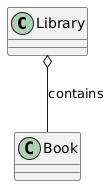
A No difference
B Here, the Book cannot exist without the Library
C Here, the Book can exist independently of the Library
D This is an inheritance relationship
9. In UML, which diagram illustrates real objects and their links at a given moment?
A Class diagram
B Activity diagram
C Object diagram
D Component diagram
10. What is the representation of an actor in a use case diagram?
A A diamond
B A rectangle
C A stick figure
D A circle


